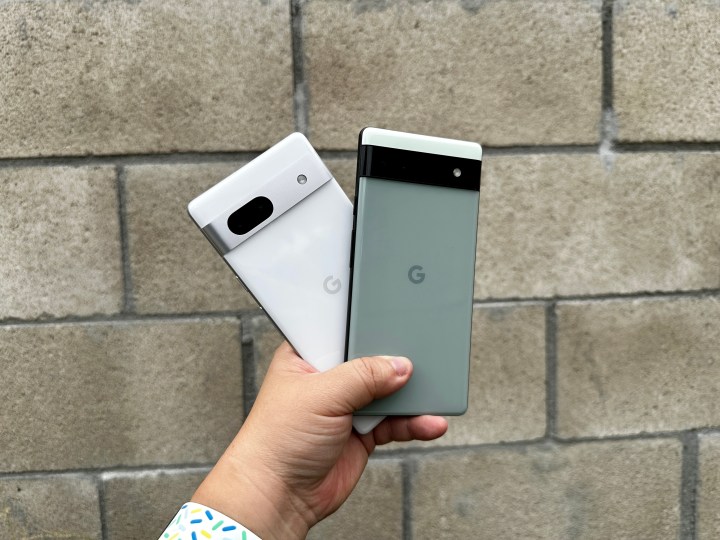
Google will soon launch the new Google Pixel 8 smartphone lineup. Although the Google Pixel 7 and Google Pixel 7 Pro are some of the best Android phones, it’s now nearly one year since their release. These phones have impressive features like top-tier camera systems, gorgeous displays, and striking designs. However, the Pixel 7 has slow charging and poor gaming performance, while the Pixel 7 Pro has mediocre battery life and a substandard fingerprint sensor, among other negatives.
It’s time to answer the question: Should you consider the Pixel 7, Pixel 7 Pro, or even the lower-cost Google Pixel 7a if you’re in the market for a new smartphone, or should you wait until the new models arrive? The answer largely depends on your willingness to wait. Regardless, we are here to help you make an informed decision by giving you everything you need to know about the differences between the Pixel 7 family and the upcoming Pixel 8 models.
Google Pixel 7 vs. Google Pixel 8
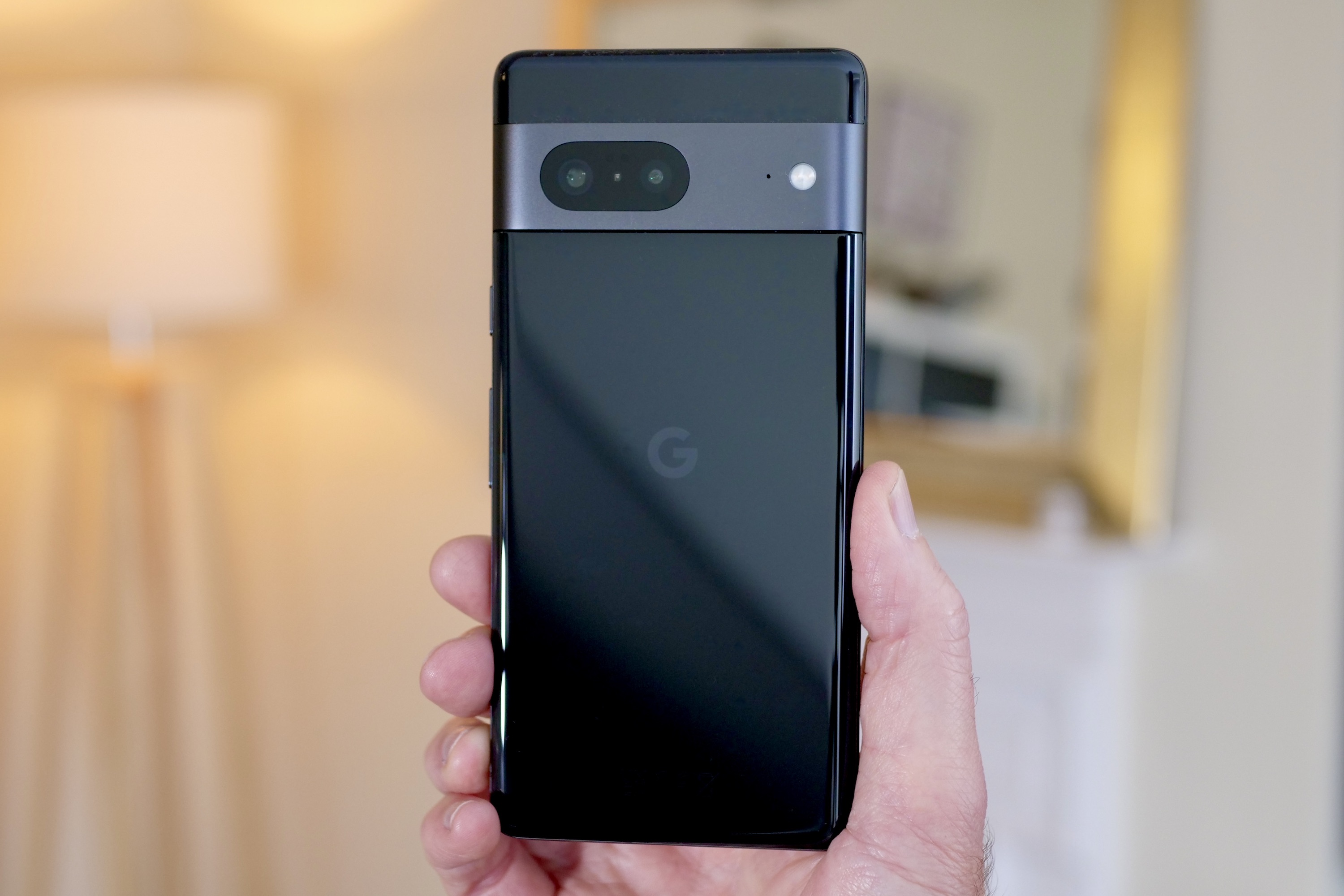
The upcoming Google Pixel 8 will likely boast a sleek dual-tone design with rounded edges and glass on both sides. It is expected to be notably smaller than its predecessor, the Pixel 7, with 150.5mm x 70.8mm x 8.9mm dimensions. The reduction in height by around 5mm and width by 2.4mm should allow for a more compact and manageable device. The Pixel 8 is also rumored to have a smaller screen than the Pixel 7, with a reported display size of 6.16 inches compared to 6.32 inches for its predecessor. If that’s the case, the Pixel 8 may offer a 2268 x 1080 OLED display. For comparison, the Pixel 7 has a 1080 x 2400 OLED panel.
Google’s Pixel 8 will likely feature the Tensor G3 chip, which is expected to be a significant upgrade from the oft-maligned Tensor G2 chip found in the Pixel 7. The new chip, made using the 3nm process, should have improved raw performance and power efficiency. The single big core in the Tensor G3 chip will be a Cortex-X3 with 3.0GHz. There will also be a Cortex-A715, with four mid-cores at 2.45GHz. All this is (potentially) excellent news for those who criticized the Pixel 7 for its battery life issues and excessive heat when using power-intensive apps and games.
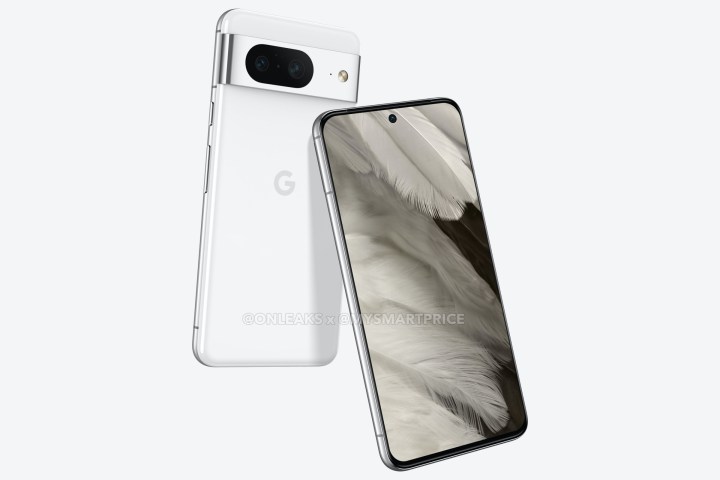
The Pixel 8 is expected to have a better camera with the Samsung ISOCELL GN2 sensor, which captures 35% more light than the ISOCELL GN1 sensor on the Pixel 7 and produces brighter lowlight images. It also offers faster shutter speeds and can record 8K/30 frames-per-second (fps) video with the Tensor G3 chip.
Of the included cameras, the main one on the Pixel 8 is expected to get minor upgrades over the Pixel 7. This lens may be slightly wider with a 0.55x zoom rather than the 0.67x zoom on the Pixel 7 — and that’s about it. The ultrawide camera, however, could see a jump from 12MP to 64MP thanks to an all-new Sony IMX787 ultra lens. This same sensor is on the Pixel 7a’s primary camera. This camera is also expected to be slightly wider, going from 0.56x zoom to 0.49x.
On the camera software front, we could see two new features: adaptive torch and segmentation auto white balance (AWB). The first is designed to adjust the flash intensity according to the scene intelligently. The second one is segmentation AWB, an advanced technique that applies distinct processing methods to various parts of an image.
Finally, according to reports, the upcoming Pixel 8 is set to feature a significantly bigger 4,485 mAh battery and lightning-fast 24-watt wired charging, surpassing the capabilities of its predecessor, the Pixel 7.
Google Pixel 7 Pro vs. Google Pixel 8 Pro

If the rumors are true, Google will be cautious in transitioning from the Pixel 7 Pro to the Pixel 8 Pro, as only a few changes are expected — although they are significant.
One thing that really isn’t going to change is the phone’s design. Once again, Google is likely sticking with rounded edges on the Pixel 8 Pro. There will also be an increased rounding of the corner profile with a slight increase in width. Things get a little bit different when it comes to the camera bar. This should feature a single, elongated cutout that houses the main camera, ultrawide camera, and periscope-style telephoto lens. There’s a dual cutout design on the Pixel 7 Pro.
The new phone could also have another round cutout underneath the LED flash; one leaked video claims this is a temperature sensor. Still another rumor says this is an FIR thermometer sensor, which could be used for thermal photography. If it’s not for this, the sensor could be used for high-precision, non-contact temperature measurements, including body temperature.
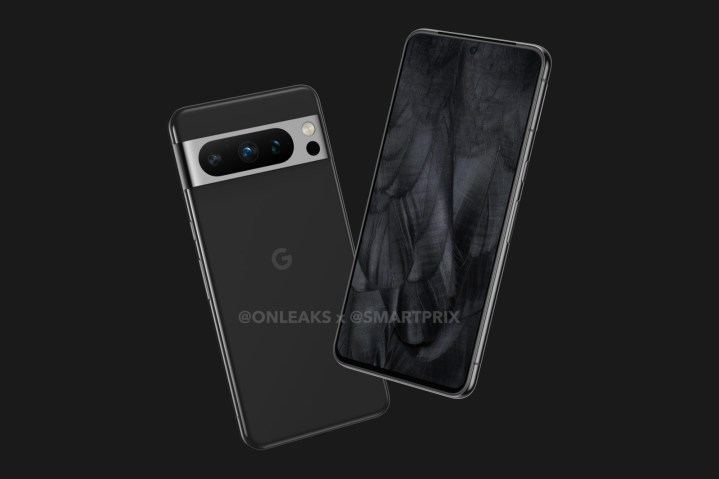
The screen might be flatter on the display front of the Pixel 8 Pro; the Pixel 7 Pro includes curved sides. The Pixel 8 Pro will likely have a 6.7-inch QHD+ LTPO OLED panel with a 120Hz refresh rate and a 2822 x 1344 display resolution.
The Pixel 8 and Pixel 8 Pro are both expected to have a Tensor G3 chip for better performance and power efficiency. The Pixel 8 series could come with 12GB of RAM, a significant increase from the 8GB on the Pixel 7 series. The Pixel 8 Pro might also feature an ultrasonic fingerprint sensor, with both phones running Android 14 out of the box.
Many of the camera changes found on the Pixel 8 should carry over to the Pixel 8 Pro on the hardware and software front. However, the Pixel 8 Pro could also introduce an 8×8 time-of-flight (ToF) VL53L8 sensor, an upgrade over the previous generation’s single-point ToF sensor. This sensor would improve autofocus and reliability. The Pixel 8 Pro model will reportedly retain a 5x telephoto module and 11MP selfie camera from Pixel 7 Pro.
In terms of its battery life and charging capabilities, the Pixel 8 Pro is expected to only be slightly better than its predecessor, the Pixel 7 Pro, with a 4,950mAh battery (a mere 24mAh larger) and improved charging speeds of 27W compared to 23W.
Once again, introducing the Tensor G3 chip on the Pixel 8 series should be reason enough to wait a few weeks and pass over the Pixel 7 series. Combine that with the potentially significant camera upgrades, and the Pixel 8 Pro is shaping up to be a solid entry into the Pixel family.
Google Pixel 7a vs. Google Pixel 8a
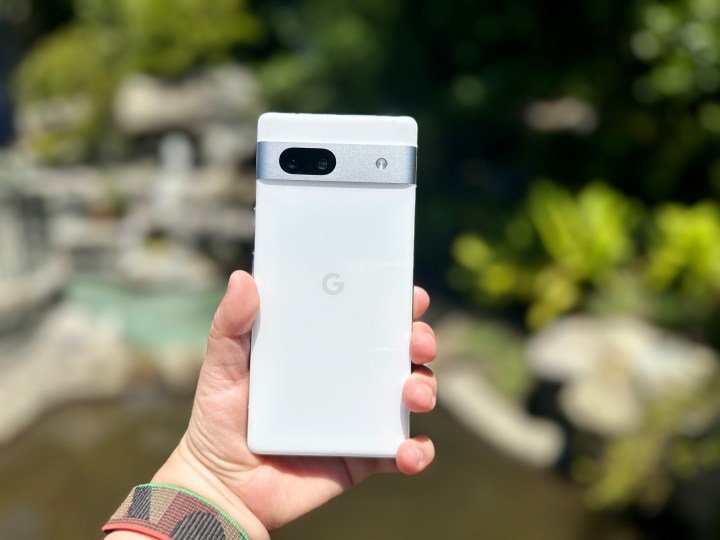
Turning to the Google Pixel 8a, the biggest news could be that there won’t be a Google Pixel 8a. Even before the Google Pixel 7a was released earlier this year, leaker Yogesh Brar said there would be no Pixel 8a because of how similar the Pixel A series has become to its base model counterparts.
To support this claim, you must look at the differences between Pixel 7 and Pixel 7a. While the latter offers a slightly smaller screen and somewhat different cameras, the similarities are striking. They both, for example, have a Tensor G2 chip, a fingerprint scanner, and 8GB of RAM. The price has become somewhat fuzzy as Google elected to increase the price of the Pixel 7a over the Pixel 6a by $50, with the Pixel 7a now only $100 less than the Pixel 7.
Another question you might ask yourself is whether you should ditch your Pixel 7a for a Pixel 8 or Pixel 8 Pro. From a feature-by-feature perspective, there’s no comparison to the Pixel 8 Pro, as a Pro model will always trump a Pixel A series phone, except for the price. The choice is much less clear when looking at the likely Pixel 8 versus the Pixel 7a. Once again, two factors move the needle: performance and the camera specs.
The Pixel 8 series will almost certainly include the Tensor G3 chip rather than the Tensor G2 chip found on the Pixel 7 series. Rumors suggest this chip will provide significant benefits, including improved performance and power efficiency. The camera system will also be improved, among other things.
Should you buy now or wait?
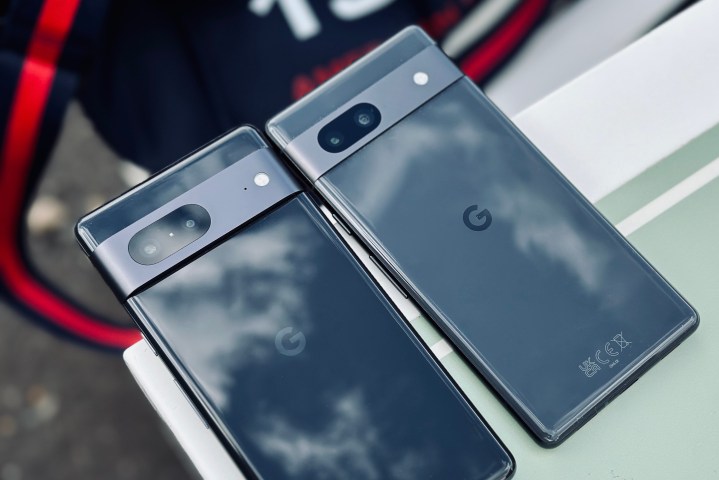
The Pixel 8 and Pixel 8 Pro are expected to offer various improvements over the Pixel 7 and Pixel 7 Pro. The most significant changes relate to the camera system and chip.
Although digital photographers may be excited about the camera differences, the average buyer may not notice them. However, the migration from the Tensor G2 chip to the Tensor G3 chip should be significant enough for most potential buyers to wait and purchase the new phones.
Finally, there’s another reason you should wait, especially if the price is a huge factor in your decision. When the new smartphones arrive, you’ll see steep discounts on the existing models. Therefore, even if you find yourself with a Pixel 7 or Pixel 7 Pro, waiting is best.
Editors’ Recommendations
